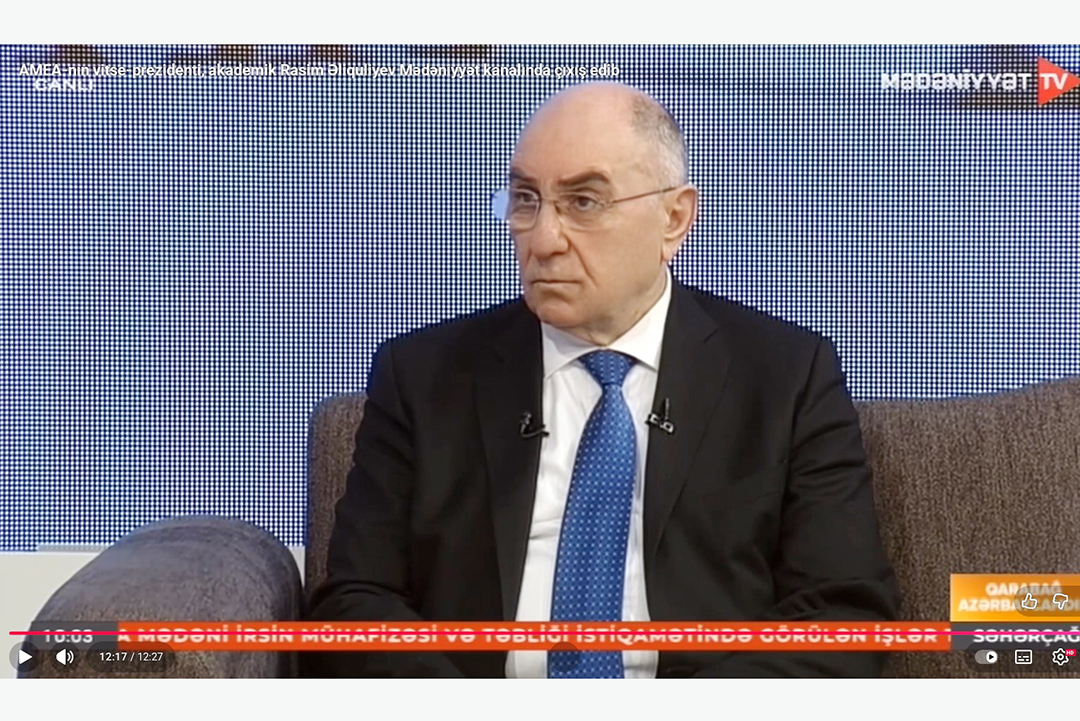NEWS
Scientists are developing a "theory of a thousand brains" that will explain how the neocortex works

The new “theory of a thousand brains” assumes that we do not form a single complex model of the world, but constantly synchronize the work of many individual models.
Here an analysis of sensory information and conscious thinking takes place, motor commands and speech are formed. It is assumed that the neocortex works by creating and constantly updating a model of the surrounding world, objects, people and oneself in it. However, the mechanism of action of neurons in the cortex remains a mystery, and new hypotheses about its functioning regularly appear.
This idea was voiced recently by Jeff Hawkins (Jeff Hawkins) and his colleagues from the company Numenta, which specializes in the development of artificial intelligence systems that reproduce the device of a living brain. Thousand Brains Theory assumes that each region of the neocortex forms its own complete models of objects, and distant connections allow them to work simultaneously, forming the illusion of a holistic perception of the world. Her description of the researchers presented in an article published in the journal Frontiers in Neural Circuits.
Scientists turned to the “lattice neurons” characteristic of the entorhinal cortex of the temporal lobes of the brain. They form hexagonal structures and are activated depending on the movement of the animal within an imaginary spatial grid, reflecting its position and orientation (in 2014, the Nobel Prize was awarded for the discovery of this mechanism). Hawkins and his co-authors suggested that similar structures may be present throughout the neocortex and that each of them forms its own models of perceived objects. “If the neurons of the lattice display the position in space of one object, the body itself, then we assume that the“ neurons of the lattice ”in the neocortex simultaneously display the position of many objects,” the researchers write.
And - in the general case, the sense organ consistently excites areas of the cortex, which analyze the information coming from it and form models of the object. B - long-distance connections allow different models (for example, visual and tactile) to work together, forming a complete image (for example, cups in hand).
In fact, the cortex of our brain is organized from groups that combine hundreds of neurons, arranged in multi-layered vertical columns. “The columns in the somatosensory cortex can track the position of the tactile properties of an object,” the authors continue, “and the columns in the visual cortex can track the visual”. The Thousand Brain Theory assumes that the whole multitude of such models exists in the neocortex in parallel, and the long-range connections between neurons allow you to synchronize them. The basis of the work of the new crust is not the hierarchical formation of a single model of the surrounding world, but complex network interactions between a multitude of “small” models.






